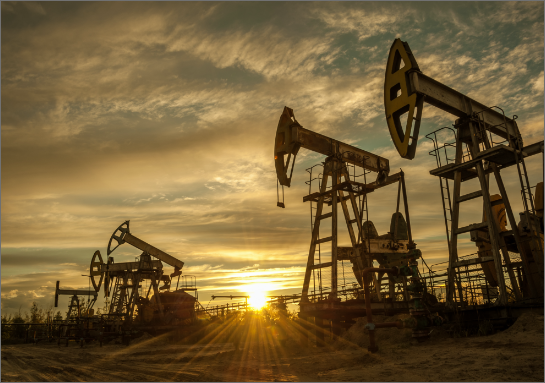The Future of the Oil and Gas Industry in the Face of Covid-19
On April 20th, 2020, the oil prices hit subzero (-$37.63 per barrel) in the United States for the first time in history. The global onshore oil storage hovered around 77% full in the same month. During these times, every player in the oil and gas industry is sitting on the same question: what does the future look like in the face of the COVID-19 pandemic, and what lies ahead?
COVID-19 has been around for roughly five months now and has strongly affected national economies, healthcare systems, small and big businesses, and industries. However, this pandemic has been particularly difficult for the oil and gas sector. The industry faces a supply shock combined with an unusual drop in demand because of the global shutdown and the prevailing price wars. In a matter of just a few months, COVID-19 destroyed more fuel and oil demand than past financial crashes, recessions, and wars ever did. Though, the industry has managed to recover after each of these chapters. This moment in time should be no different.
The challenge
Research suggests that the immediate future may not be particularly bright for the oil and gas industry.
- A decline in demand for oil is expected, adding to the already low demands due to the global climate change concern. According to the International Energy Agency, demand was expected to fall by 29 million barrels per day (bpd) in April.
- Another critical attribute is the worldwide storage capacity for the oil produced. As of April, the United States reported that about 505 million barrels were already stored in commercial storage, out of total availability of around 730 million barrels. Out of this, about 130 million barrels were in transit from source to storage facilities, in carrier trucks, pipelines, and other transportation means, leaving only around 100 million barrels of storage capacity available. At this rate of production, it is estimated that the storage capacity will be fully exhausted by the end of June 2020. The oil and gas industry might have to halt production to cope with this challenge.
- The most challenged would be the service companies and equipment manufacturers due to the decline in demand for oilfield services and equipment. Midstream and downstream companies, and refiners may have to face a negative impact as the reduction of capital projects and lesser availability of transportation demand.

The future
Researchers say that post-COVID-19, oil companies will have to “restructure” their strategies and functions, and introduce some fundamental changes to return to their previous profitability. In that way, experts expect the industry to make a considerable recovery.
- L.E.K.’s research and analysis show that the average WTI oil price is expected to make a U-shaped recovery, with forecasted prices ranging from a low of approximately $22 per barrel in the second quarter of 2020 to a high of about $40-$45 per barrel by mid-2021.
- In the long run, the WTI oil prices are expected to stabilize after reaching $50 per barrel in 2022, when the global demand for oil would be greater.
- Current and ongoing projects should recover to normalcy by 2021.

New projects may be affected due to the reduction in the capital budget of countries. Upstream or production companies with well-organized and active assets will see minimum long-term damage, provided they consider organizational and financial restructuring.
In coping with this crisis, oil and gas industry majors are looking for innovative and efficient solutions to help them adapt to the changes in the economy and save costs. To help you with that, Ironclad Environmental Solutions has partnered with the oil and gas industry to provide liquid, chemical, water, and other oil storage and containment solutions for on-site and off-site projects. To know more about how we can help you with oil storage needs, contact us.